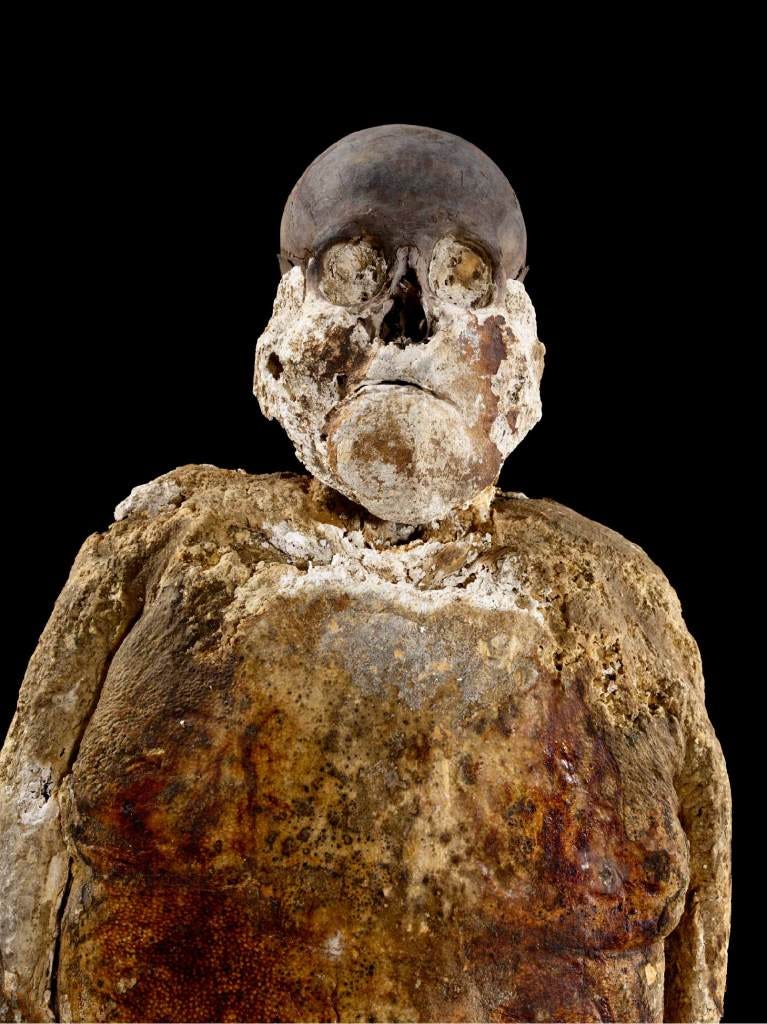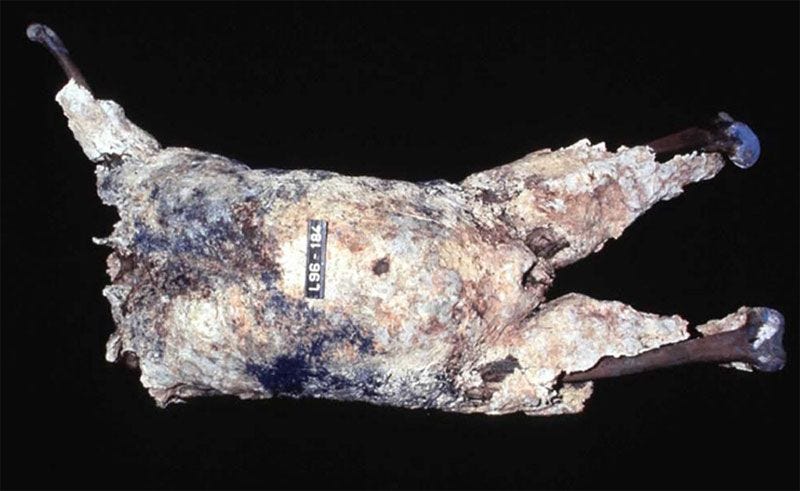The Enigma of Soap Mummies: Preserved Bodies Unveiled
Written on
Chapter 1: The Soap Lady
The Soap Lady, an unsettling yet oddly captivating figure, resides in the Mütter Museum located in Philadelphia, Pennsylvania. Despite the horror her expression invokes, many visitors are drawn to her enigmatic presence. Questions about her life—did she have children? What were her dreams?—linger in the minds of those who come to see her.
This preserved body has been on display for over 140 years, encased in wood and glass. Her features are frozen in a scream, and her dark, ashen complexion results from the pollution she endured beneath the city. Researchers estimate she was around 30 years old at the time of her death and intriguingly, she lost all her teeth at a young age.
Her terrifying visage seems to cry out for attention. Historical accounts suggest that in the 19th century, she was transported to the museum via horse-drawn cart, exhumed alongside another body known as the Soap Man during city renovations.
The Soap Lady's body appears covered in a soapy substance, but she is, in fact, a saponified individual. This process occurs when body fat undergoes chemical changes and transforms into adipocere, also referred to as “grave wax” or “corpse wax.”
The conditions necessary for this transformation require the body to be oxygen-deprived and situated in a basic pH environment, coupled with the presence of specific intestinal bacteria. This chemical reaction results in adipocere, which encases the body, halting its decomposition and preserving it in a mummy-like state.
What we do know about the Soap Lady is intriguing. Delivered to the Mütter Museum in 1894 and initially assigned the surname "Ellenbogen," she was thought to have succumbed to yellow fever in 1792. However, curator Joseph McFarland's extensive research into death records and other historical documents revealed no trace of an Ellenbogen in Philadelphia at that time, leaving her identity a mystery.
Who was this woman, and what led to her demise? The museum intends to analyze DNA from her hair and nails if a suitable sample can be obtained. Given the delicate nature of her corpse, any handling risks damaging the adipocere. Toxicology tests may eventually shed light on her dental loss and the circumstances surrounding her death.
The phenomenon of corpse wax is not unique to the Soap Lady. In 1786, while transferring remains from the Cemetery of Innocents in Paris to the catacombs, many children were found to have a similar waxy coating.

Chapter 2: The Soap Man
The Soap Man, believed to have been exhumed in Philadelphia in 1875 alongside the Soap Lady, currently resides at the Smithsonian National Museum of Natural History. X-ray examinations indicate he was approximately 40 years old at the time of his death, likely between 1800 and 1810.
Upon arrival at the museum, he was labeled as “Wilhelm von Ellenbogen, who died of yellow fever in 1792 at the age of 63. The fat has converted to adipocere, an ammoniacal soap. A so-called petrified body.”

The Blue Man, or "Brienzi," was discovered in 1996 in Brienz Lake, Switzerland. Initially mistaken for a sheep due to his unusual appearance and missing limbs, he turned out to be a headless corpse enveloped in a soapy coating. Researchers believe he had been buried at the lake's bottom until an earthquake disturbed his resting place, bringing him to the surface.
After detailed analysis, scientists from the University of Zurich determined that "Brienzi" had drowned in the 1700s and had been preserved by the waxy substance for centuries. Remarkably, they even discovered that his last meal had been cherries!
Would you be interested in becoming a soap mummy after death? Share your thoughts! For more intriguing stories, consider subscribing to stay updated with my latest articles, along with contributions from other talented Medium writers!
The first video titled "What is Saponification or Corpse Wax? Just Give Me 2 Minutes" provides a brief overview of the saponification process and its implications for human remains.
The second video, "ADIPOCERE aka CORPSE WAX (Ask a Mortician)," delves into the science behind adipocere formation, offering insights into this fascinating aspect of decomposition.